- Maison Puyvalin
- Wine, oenology and tasting
- 0 likes
- 2670 views
- 0 comments
- french wines, wine tasting, wine aromas, oenology, olfactory perception
Wine Tasting: The Ballet of Aromas
After exploring the vibrant world of wine colors and tears, we invite you to immerse yourself in the next phase of our wine tasting series: the ballet of aromas. In this installment, we will discover how aromas intertwine in a dance that reveals the complexity and essence of each wine.
The First Meeting: The Nose of Wine
The olfactory phase in wine tasting is as crucial as the visual one. Before the wine touches your lips, its aroma is already telling stories of sunny vineyards, cool cellars and oak barrels. Each inhalation is an invitation to travel through the sense of smell.
Breaking down the Aromas
The wines are characterized by a rich palette of aromas that can be classified into three main categories:
- Primary aromas: They come from the grapes and the terroir. In white wines, we can find notes of citrus fruits, apples and white flowers, while in red wines, aromas of red and black fruits predominate, with touches of fresh herbs.
- Secondary aromas: They arise during fermentation. Aromas of fresh yeast and toast are common in sparkling wines, such as Champagne, while notes of cream cheese and butter can appear in other wines undergoing malolactic fermentation.
- Tertiary aromas: Developed during aging in barrel and bottle. These include complexities such as vanilla, tobacco, leather, and sweet spices that intertwine with the primary and secondary aromas to create a deep and enveloping aromatic profile.

Tasting Techniques: How to Appreciate Aromas
For a complete experience, it is important to lightly shake the glass before smelling. This helps release volatile aromatic compounds. Wine tasting should be done in an environment free of foreign odors, so as not to interfere with the perception of the natural aromas of the wine.

The Dialogue between Aromas and Flavors
What we perceive through smell anticipates and complements what we will experience in taste. A good wine will offer coherence between nose and palate, where aromas translate into balanced and harmonious flavors.
Conclusion
Mastering aroma tasting is essential for any wine fan, as each wine offers a unique olfactory spectacle that sets the stage for its tasting. The aromas, like a ballet, perform a choreography that can captivate both novices and experts in the art of wine.
Stay with us for the next article in this series: we'll delve deeper into how the palate interprets these aromas , transforming them into rich, memorable flavors. Health!


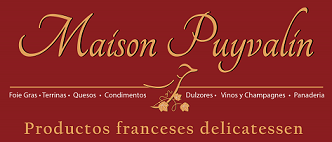
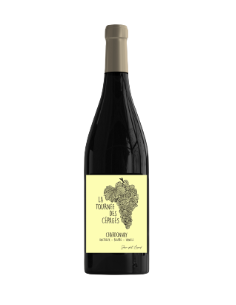
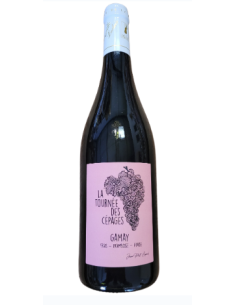
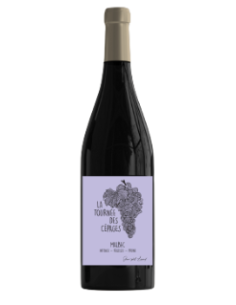
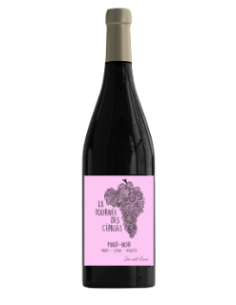
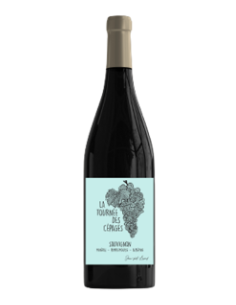
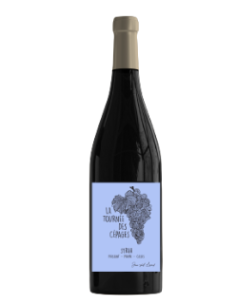

Comments (0)